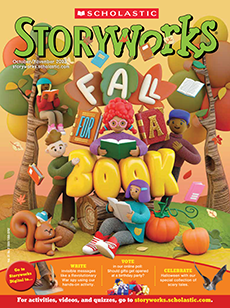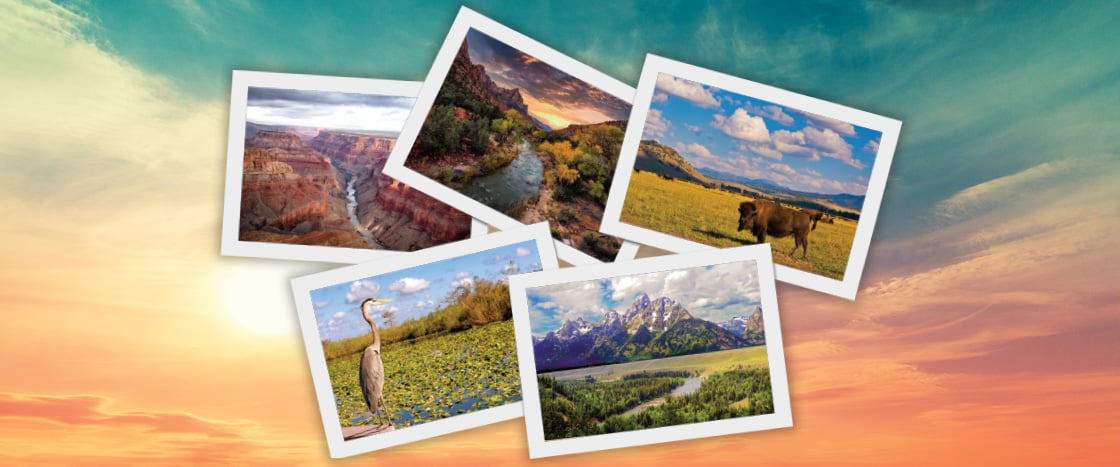Streams of water falling off towering cliffs. Bison peacefully munching grass. Red-rock canyons glowing at sunset. These are among the breathtaking scenes you can experience at America’s national parks.
The stunning spaces draw hundreds of millions of visitors every year. And that’s why the parks were created: to provide protected areas of nature that everyone can enjoy.
The fact is, however, that not everyone can easily access national parks. A number of parks charge visitors an entrance fee. And Americans who don’t visit national parks say cost is a top reason why. Given that, some people wonder: Should national parks be free?
Streams of water falling off tall cliffs. Bison peacefully eating grass. Red-rock canyons glowing at sunset. These are some of the amazing sights you can see at America’s national parks.
The parks were created so everyone can spend time in protected areas of nature. Hundreds of millions of people visit them every year. But many of the parks charge an entrance fee. Those who don’t visit say the cost is a big reason why. So, some people wonder, should national parks be free?

